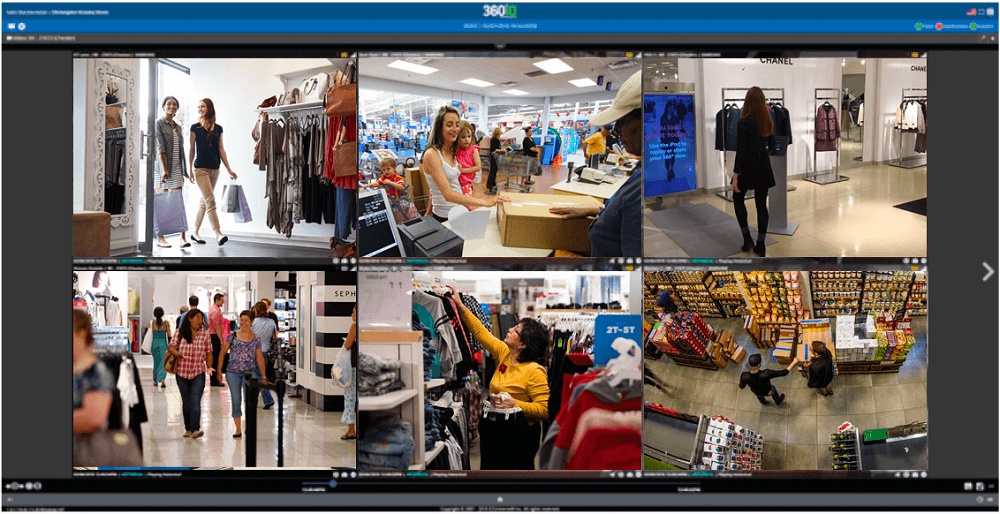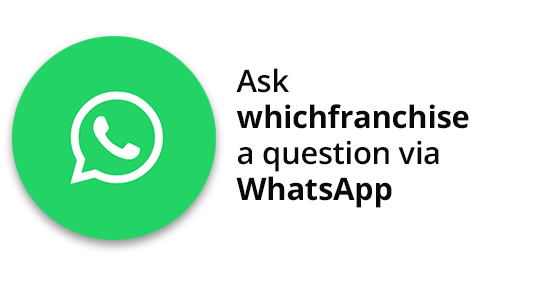Posted:19-June-2023
Seven Major Risks for QSR Operators and How to Tackle Them Across Multiple Locations

By Gareth Bakewell, Business Development UK, DTiQ
The quick service restaurant (QSR) franchised sector can be a risky one for so many reasons. The competition is tough, customers expect incredibly high standards, and there is a lot of room for things to go wrong, from internal and external theft, fraudulent third party chargebacks, and more…
The key to success is finding ways to minimize these risks.
Internal Risks
Internal risks are challenges within your business. The good news is that you have more control over these risks. Training, policies and the right technology can minimize, if not completely eradicate, some of these issues.
- Bandwidth
For example, when managing numerous locations of a franchise QSR, bandwidth can be a huge challenge. At a certain point, as a franchise owner you simply won’t have enough hours in a day to drive between locations, train your teams, and review the profit — and imagine if you want to expand your franchise operation in the near future!
The solution is to hire the right people and optimize technology. These two areas can give you bandwidth back to focus on other efforts, like expansion. Roles like area managers, store managers, and other key leads will become more important as more locations fall under your management. Hire people you can trust, and that can take some of that responsibility off your back.
Technology can also put time back in your day. Imagine being able to pull the performance of all your locations no matter where you are ? Say goodbye to hours of driving between locations! With the right tech, that’s completely possible. There’s technology out there — like DTiQ’s solution — that can provide you with a report card for performance at each individual location, graded on everything from store cleanliness, to uniform, to the amount of refunds and everything in between.
Tech you may want to look at optimizing include:
- Your point of sale
- Video surveillance technology
- Drive-thru tech
- Food Safety
Food safety is an internal cornerstone to running a good business — risks can include:
- Cross-contamination: When foods that shouldn’t contact each other do, bacteria can transfer from one food to another. This increases the chance of foodborne illness
- Improper storage: This is especially important when it comes to meat. Improper temperature for your food storage can lead to food going bad quickly and lead to foodborne illness — or a complete loss when food goes bad, and it must be discarded
- Poor hygiene from team members: Team members must hold their hygiene at work to a high standard to ensure that food handling is hygienic. This includes wearing hairnets, washing hands regularly, and ensuring your team is wearing clean uniforms
The solution is to ensure your team is up to date on all food safety training. Consider making your team refresh their food safety understanding on a bi-annual or quarterly basis.
- Injury/Slip-and-Fall
Not actively working to prevent slip-and-fall or other injuries within your QSR can be costly if customers choose to sue. This is especially risky when you oversee many locations. The more locations you have, the more chance for injury. And dealing with numerous injury pay-outs can get extremely costly.
Training is critical when it comes to preventing injuries before they can even happen. Make sure your team knows how to handle spills, where to find proper “Wet Floor” or other warning signage, and more. In the case that somebody is injured, despite your best efforts, easily accessible security footage lets you get the proof you need to show you did due diligence — and avoid a settlement.
- Internal Theft
Nobody wants to assume the worst about their staff, but internal theft is a real issue in the industry. According to recent data, 75% of employees steal from their workplace at least once (with half stealing repeatedly).
Be aware of internal theft and have a plan in place to deal with it.
There are two parts to tackling internal theft: removing the appeal before it happens, but also having something in place to catch internal theft after it happens.
See how you can make your employees feel valuable to try and prevent internal theft from happening. If your staff feels valued, they won’t want to steal from you. This can look like paying above minimum wage, offering an end-of-shift meal, or investing in their professional development.
However, every effort won’t get rid of internal theft entirely. You need a plan to spot — and deal with — theft after it happens. This can look like video surveillance set up in the back of house or regular surprise spot checks and reviews of the cash flow.
Our DTiQ SmartAuditTM solutions use AI and intelligent video to catch theft when it happens. You can have custom reports that send suspicious transactions or videos directly to your phone or email. It’s easier than ever to catch and stop theft right in its tracks.
External Risks
External risks that happen to your business and are typically outside of your control. So, while you can’t out-train these issues, you can prepare to handle them.
- Food Delivery Chargebacks
Third-party food delivery chargebacks are a costly external issue for QSR franchises. This is when somebody orders from your restaurant through a third party aggregator, like Uber Eats or Just Eat, and has an issue with their meal. Naturally, there will be times when there genuinely was an issue and the refund will go through. However, the idea of claiming something went wrong with your food to cop a free meal has gone viral across the internet, some people dubbing it their “unethical life hack”. Even when the meal is correct people will claim something was wrong so the third party will provide a refund. Hence, the free meal.
The solution is to use video-proof to show evidence that your restaurant completed their order in-full and on time. Users can look at the time that Uber, Just Eat, or any other third-party delivery services send the dispute to review the order time and easily pull video footage. Once the footage is shared with the third-party delivery service, you’ll win the chargeback.
- External Theft
Always a risk for cash businesses, external theft is typically more extreme than internal theft in the sense that it is a larger-cost traumatic event. Think robbery, where an external person or people demand something from your QSR (likely cash). And since external theft is committed by somebody outside of your organization, it can be harder to prevent.
Signs can show you have minimal cash on-site or that call out that your store is being monitored by cameras. You also want to go beyond just having cameras just for show. You often hear about stores that have cameras that don’t work as a means for preventing crime, and then they do not have video in place when something does happen. Having an intelligent video solution in place will give you the footage you need to get support from the authorities.
Having easily accessible video for authorities goes beyond theft incidents at your restaurant. You would also be able to help provide footage of any other theft or crime in the area, provide insights into a car accident in the car park, and more. With DTiQ RISA+, videos can be downloaded remotely and be shared with staff or the police immediately by email.
- Reputation Risks
Whoever said all publicity is good publicity never worked in the quick service restaurant space!
Damage to your reputation can be crippling. This typically comes in the form of public complaints (like comments on Instagram or reviews on TripAdvisor but can also happen in ways you can’t measure like word of mouth. If your customers don’t have a good experience and feel that they aren’t heard, they may take to telling people around them. And a bad reputation can have potential customers turning away from your locations before they’ve even given you a chance.
The solution is to implement a customer feedback program to ensure that customers choose to bring their issues to you instead of the court of public opinion. You can have a number for customers to text where they share their complaints directly to you, and they can move on with their day knowing they were heard. You also gain valuable insight into the customer experience straight from the customer’s mouth. These programs are truly a win-win for both the business owner and the customer!
Tackle Risks with Ease at Your QSR
These risks are a part of the quick service restaurant experience, but there are more ways now than ever to minimize — and almost entirely eliminate — them.
If you’re looking for another set of eyes to keep operations as smooth as possible, see how DTiQ can help. For further information please email: Gareth Bakewell: gbakewell@dtiq.com or visit: www.dtiq.com to learn more about the risks it can minimize at your QSR.




